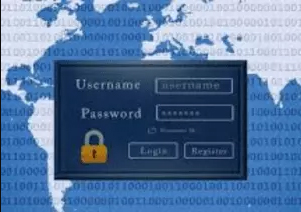A version of this article was first published on HIPAA Vault’s

“Password strength” is a measure of a password’s ability to resist brute-force attacks. The longer, more complex, and more unpredictable a password, the greater its password strength. Unfortunately, weak passwords are one of the most common and overlooked causes of system breaches. For this reason, passwords must be sufficiently strong to keep vital systems from being compromised.
Computers can be effective generators of strong passwords because they create random strings very easily. Humans, on the other hand, tend to create much weaker passwords because they often choose obvious things they will remember, like their own name, or the names of family members and friends.